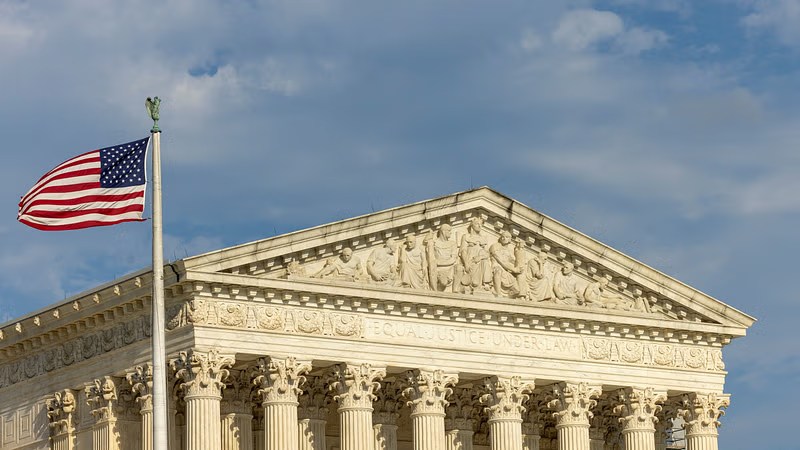Sabrina Carpenter Teams Up with Fortnite for an Exciting Virtual Experience
Sabrina Carpenter Teams Up with Fortnite for an Exciting Virtual Experience Pop sensation Sabrina Carpenter is making waves in both the music and gaming worlds with her recent collaboration with Fortnite. The multi-talented singer has joined forces with the popular battle royale game, bringing her signature style and dynamic energy to a series of exclusive … Read more


